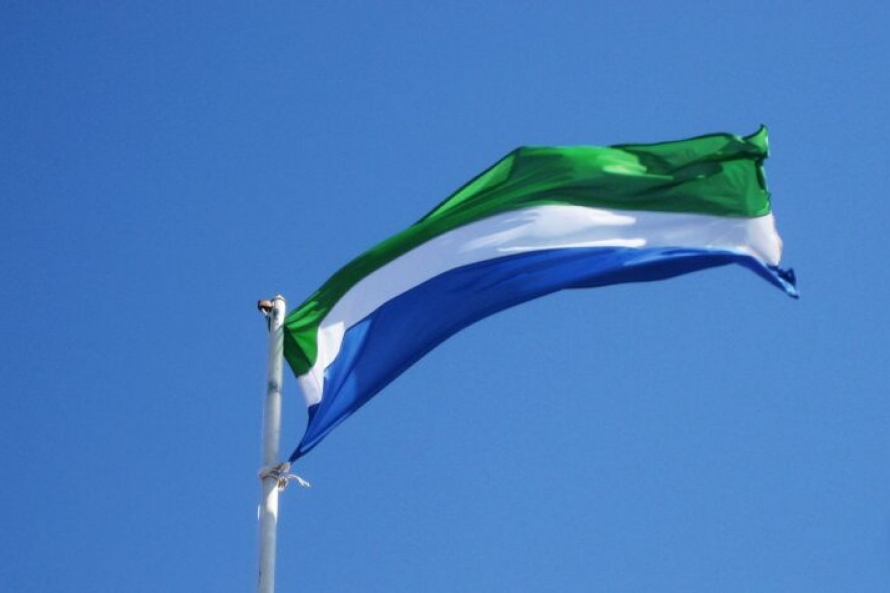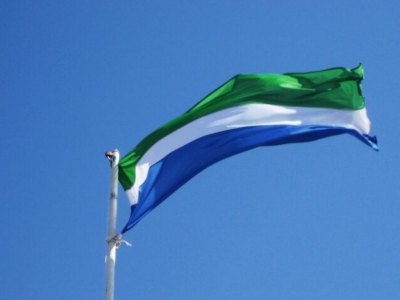On November 18, 1923 - five years after Latvia raised its own flag at the declaration of independence - the Liv flag was raised for the first time at the rectory building in the coastal village of Mazirbe, regarded as the heart of Liv culture.
The blue color symbolizes the sea, the white color symbolizes the shore sand and the green the color of the forest, to the eyes of a traditional Liv fisherman looking at his land from a boat.
According to the Latvian Institute, the Livs, or Livonians are thought to be descended from the ancient Finno-Ugric inhabitants of the region, making them culturally and linguistically more closely related to Estonians and Finns than Latvians. They have lived in Latvia at least as long as the Balts and probably for far longer.
"Before the Second World War, the Livs numbered around a thousand, living in 12 fishing villages along the coast of northern Kurzeme. Today only about 170 people count themselves as Livs, while the language is actually understood by only very few of them. Only a few individuals, now aged over 80, can boast of having retained their knowledge of Liv... Nowadays, Liv is the rarest language in the European Union," the Latvian Institute says.
So on Latvia's own independence day it's worth paying honour to the Liv nation too.




























